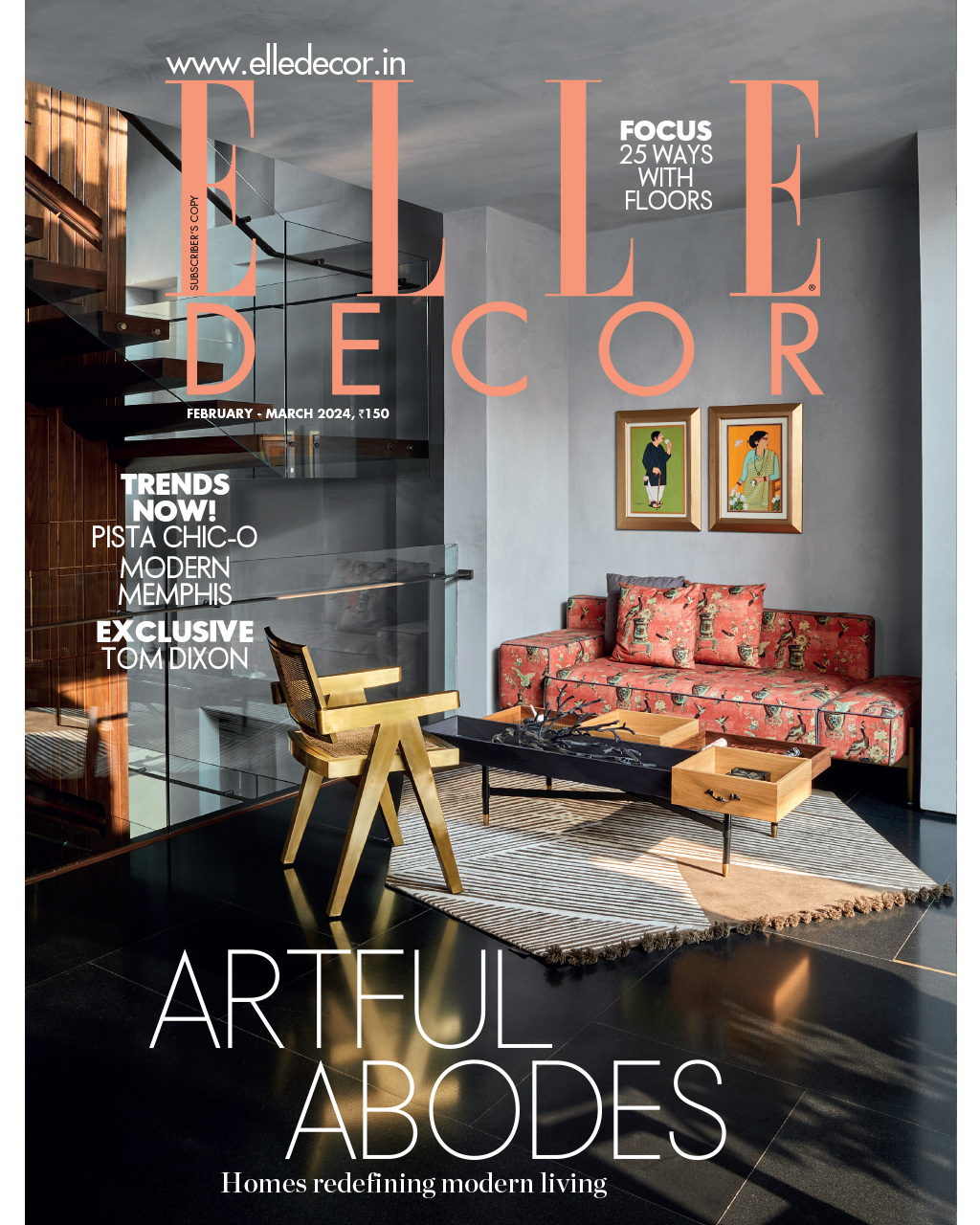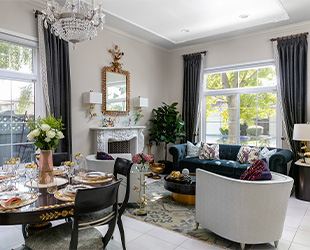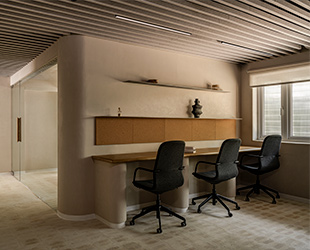Get Inspired
Cancer survivors find new life in this gorgeous centre designed by architect Benedetta Tagliabue and interior designer Patricia Urquiola
JUL 10, 2019 | By Aneesha Bhadri
Kālida Sant Pau designed by architect Benedetta Tagliabue of the Miralles Tagliabue EMBT studio, who worked pro bono on the project, is a one-of-a-kind hospital facility. This Spanish centre for cancer patients and caregivers does not charge a fee, require a medical referral or even an appointment. Conceived to bring the outdoors in, the 4,306 sq ft building is divided into two levels, with a 6,997 sq ft garden that connects to the hospital nearby.
The facade is an arresting ceramic brick wall that filters in daylight, ventilate the centre and maintains seclusions. The lower floor is an open and flexible layout that houses the kitchen, dining area, small library and multipurpose room. The top floor showcases interior balconies around the double-height central dining room. “When designing Kālida Sant Pau, we wanted people to forget where they are and enjoy the garden, flowers and sunshine,” says Benedetta. For her, the inspiration arises from the neighbouring iconic hospital Sant Pau—a masterpiece of Spanish architect Domènech i Montaner, “who believed that beauty heals and creates peace,” she adds.
The kitchen with its elongated table is the heart of the centre: “A place where you walk through the door and are offered a cup of tea to make you feel at home and help you enjoy a moment of peace.” The western side extends into a wide veranda, while the south-facing side features wooden shutters that ensure privacy.
Interior designer and architect Patricia Urquiola crafted the interiors of the facility. Together with her team at Studio Urquiola, she brought in donations from leading furniture, lighting and tile manufacturers. “We visualized functional zones and open configurations that form a cohesive, operational environment, where different levels of intimacy can occur. We selected furniture that introduces a more chromatic language to convey a dynamic and positive feeling and used soft colours and materials such as wood and ceramics to create a warm and friendly atmosphere to resemble that of a home,” says the enthusiastic creative.







